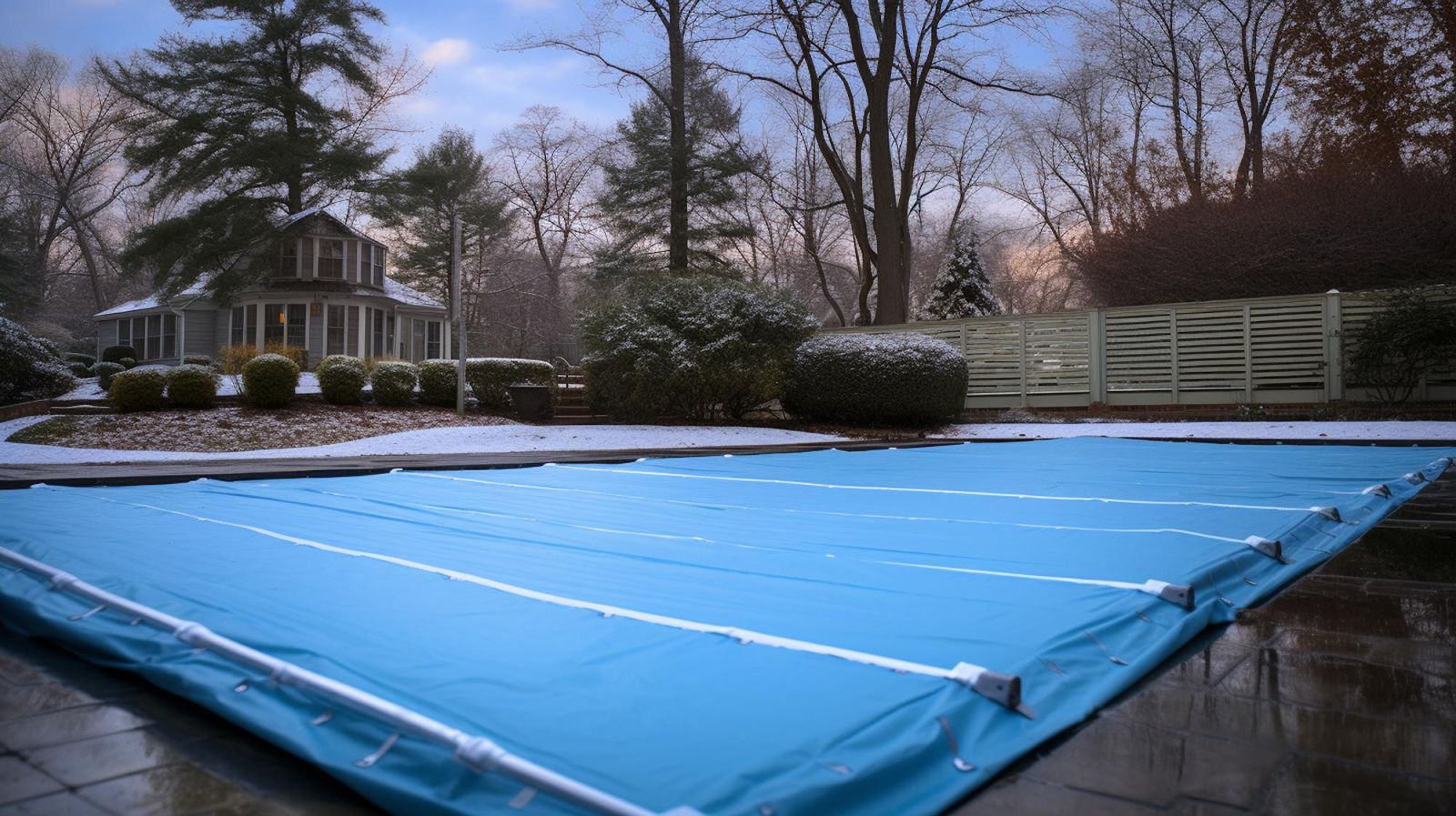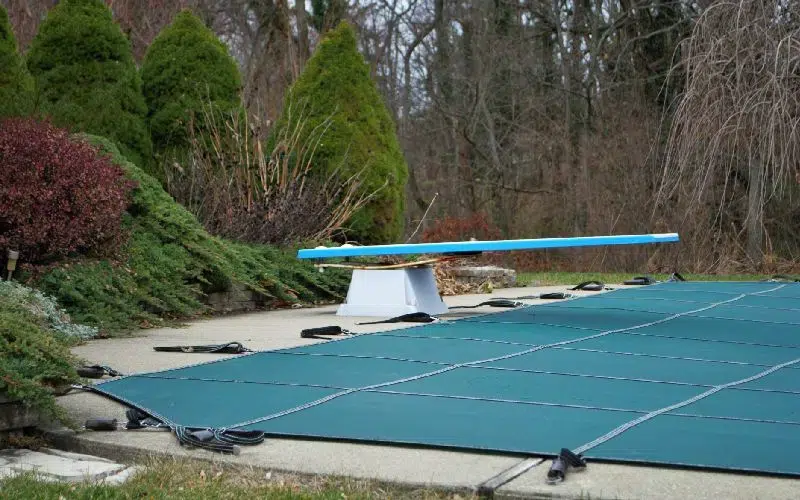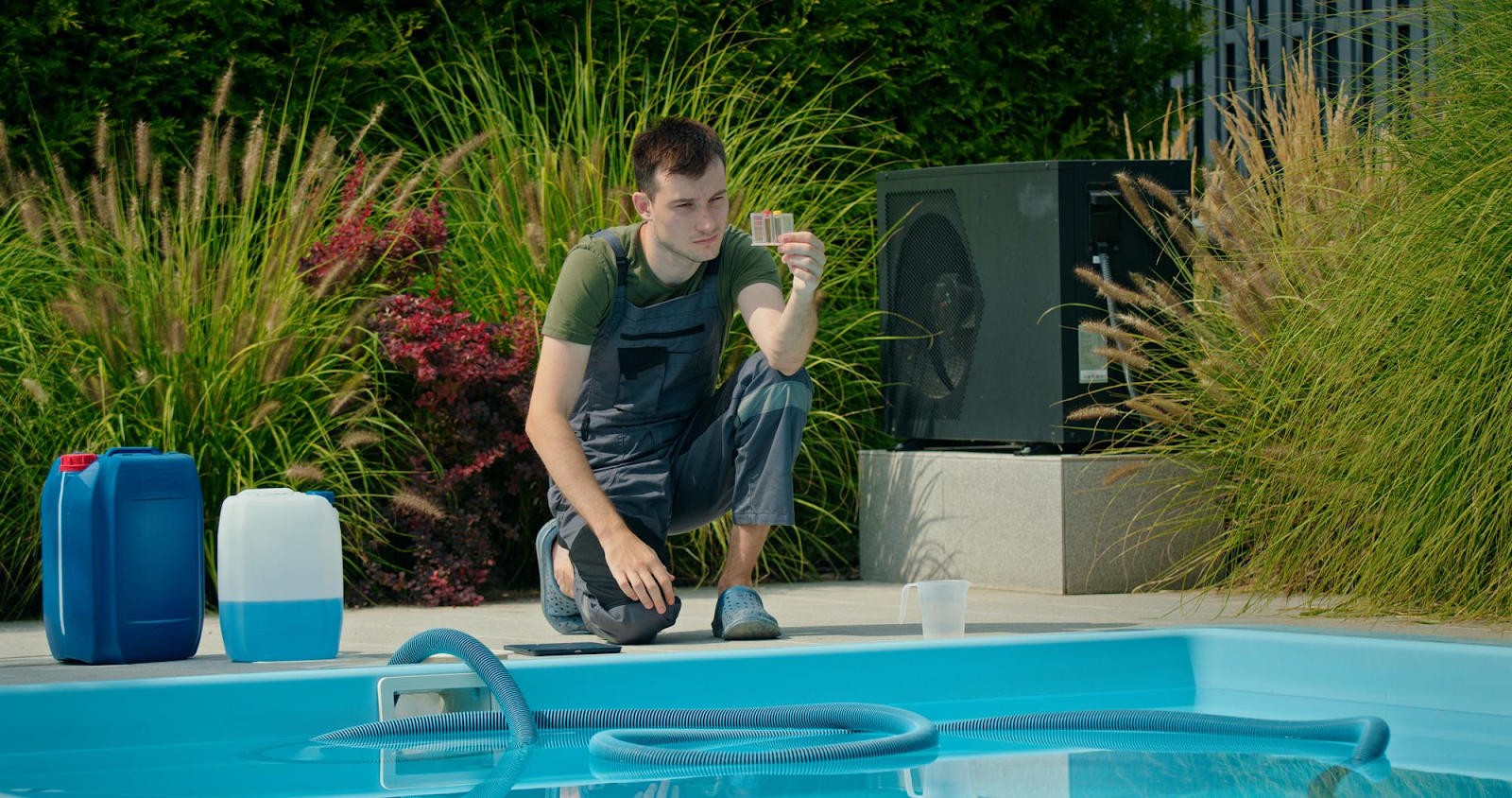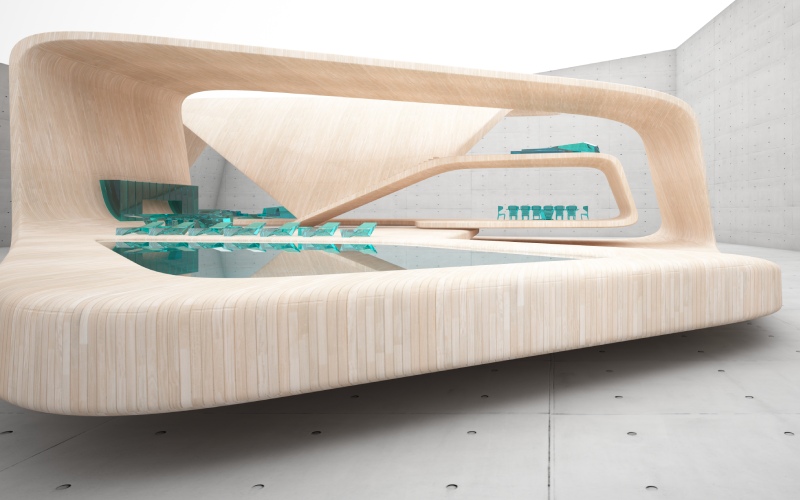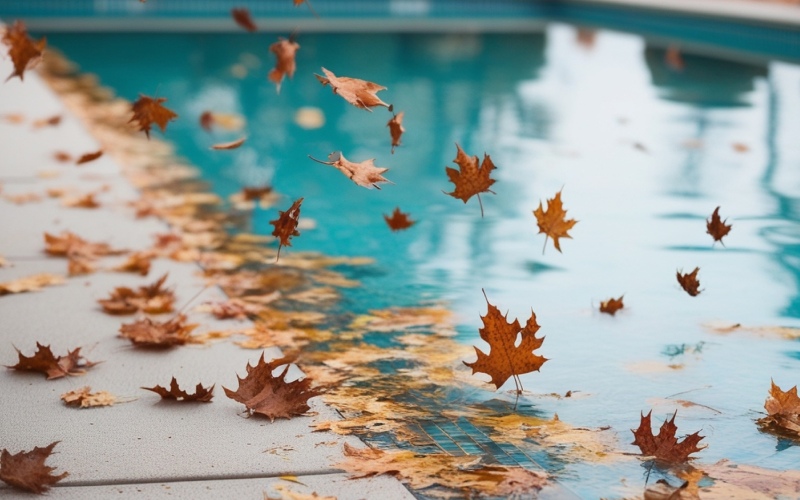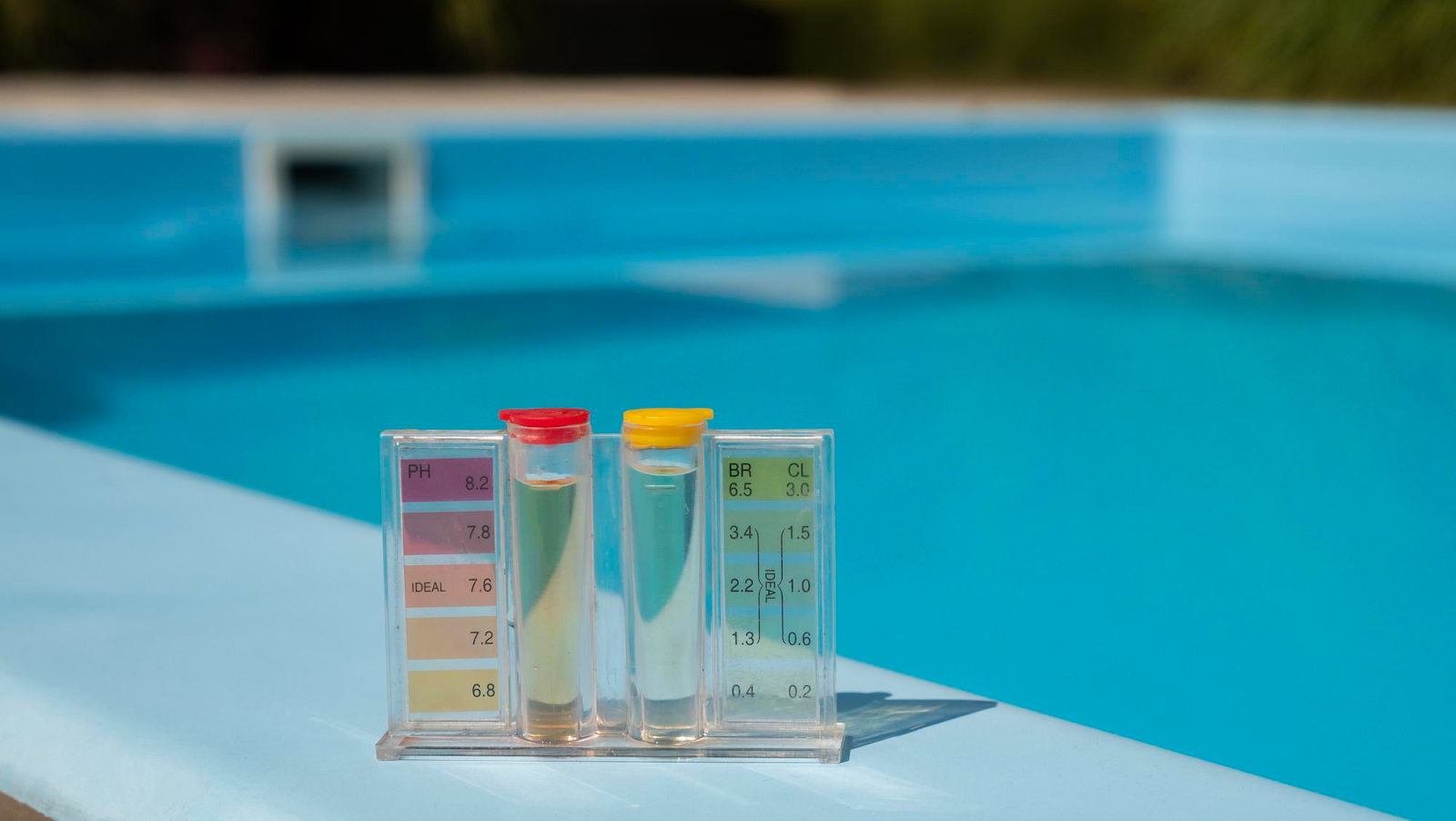Renovating a vinyl pool liner is an essential maintenance task that can restore your pool's aesthetics and functionality. Over time, vinyl liners can become faded, wrinkled, or even damaged due to constant exposure to the sun, chemicals, and regular use. If your pool liner shows signs of wear, renovating it can breathe new life into your swimming pool.
Do You Have Tears, Holes or Wrinkles in Your Liner?
Vinyl pool liners are a popular choice for their durability, affordability, and aesthetics. However, over time, they can develop issues such as tears, holes, or wrinkles. While these problems may seem alarming, they’re often fixable if addressed promptly.
Tears and holes in your liner can cause water leakage and lead to further damage if not repaired quickly.
Step 1: Identify the Problem
Inspect the liner and look for visible tears and holes, particularly seams and corners. Next, check for leaks. If the damage isn’t visible, conduct a leak detection test. A common method is the bucket test:
- Fill a bucket with water and place it on the pool steps
- Mark the water levels in the bucket and the pool
- Check after 24 hours. If the pool level drops significantly more than the bucket, you likely have a leak
Step 2: Choose a Repair Method
A vinyl patch kit is an effective solution for small to medium tears or holes.
- Dry Patch: If the area can be drained, clean and dry the surface, then apply the adhesive and patch according to the kit instructions.
- Underwater Patch: For repairs that need to be done underwater, use a patch designed for wet conditions. Apply adhesive to the patch, fold it, and unfold it onto the damaged area.
For larger tears or multiple holes, consider replacing the damaged section. Consult a pool professional to ensure the replacement is properly installed and sealed.
Step 3: Prevent Future Damage
There are a few things you can do to ensure future damage doesn’t occur, such as:
- Maintain Balanced Water Chemistry: Poor water balance can weaken the vinyl over time.
- Avoid Sharp Objects: Keep toys, tools, and other sharp items away from the liner.
- Inspect Regularly: Catching small tears early can prevent them from becoming larger, more expensive problems.
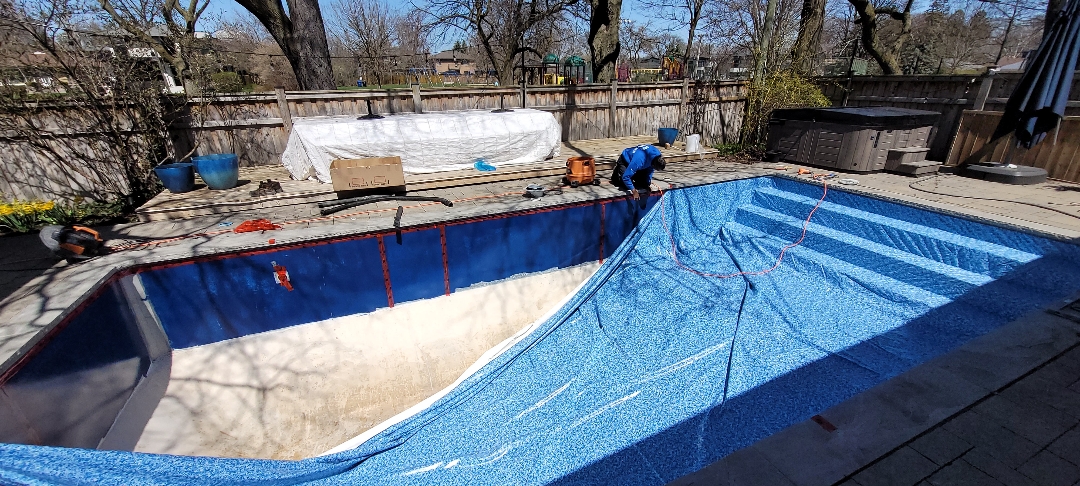
How to Deal With Vinyl Pool Liner Wrinkles
Wrinkles can form in your liner due to shifting ground, improper installation, or imbalanced water chemistry. While they may seem like a minor cosmetic issue, wrinkles can lead to larger problems if not addressed.
Step 1: Identify the Cause
Understanding why wrinkles have formed can help you prevent them from recurring:
- Ground Movement: Shifting soil or settling can cause the liner to move.
- Improper Installation: A poorly fitted liner may not sit evenly on the pool surface.
- Water Chemistry Imbalance: Over-chlorination or high alkalinity can cause the liner to expand or shrink, leading to wrinkles.
Step 2: Smooth Out the Wrinkles
A clean toilet plunger can be a simple tool for pulling the liner back into place. Press the plunger onto the wrinkled area and gently pull to smooth the liner. Next, lower the water level slightly to relieve pressure on the liner. Then, work from the edges of the wrinkle toward the center to flatten it out.
If the wrinkles are caused by cold temperatures, gradually warm the pool water. Vinyl becomes more flexible in warmer conditions, making it easier to smooth out wrinkles.
Step 3: Seek Professional Help
If the wrinkles are severe or cannot be removed with DIY methods, consult a pool technician. They may need to partially drain the pool or adjust the liner’s fit to resolve the issue.
You May Need to Consider Having the Liner Replaced
While tears, holes, and wrinkles can often be repaired, there are times when replacing the liner is the best option:
- Frequent Repairs: If you’re constantly patching the liner, a replacement may be more cost-effective.
- Severe Damage: Large tears, extensive wrinkles, or brittle vinyl indicate that the liner has reached the end of its lifespan.
- Aging Liner: Most vinyl liners last 10–15 years. If yours is nearing this age, it may be time for a replacement.
If this is the case, you’ll want to hire a professional to replace the liner correctly. Installing a new vinyl pool liner is a precise and technical process that requires expertise to ensure a perfect fit and long-lasting performance. While it may be tempting to attempt a DIY installation, even minor mistakes can lead to costly issues. Professionals have the tools, skills, and experience to measure accurately, handle the liner material properly, and install it seamlessly, ensuring it adheres correctly to the pool’s contours. They can also inspect for any structural issues with the pool and address them before installation, preventing problems down the line.
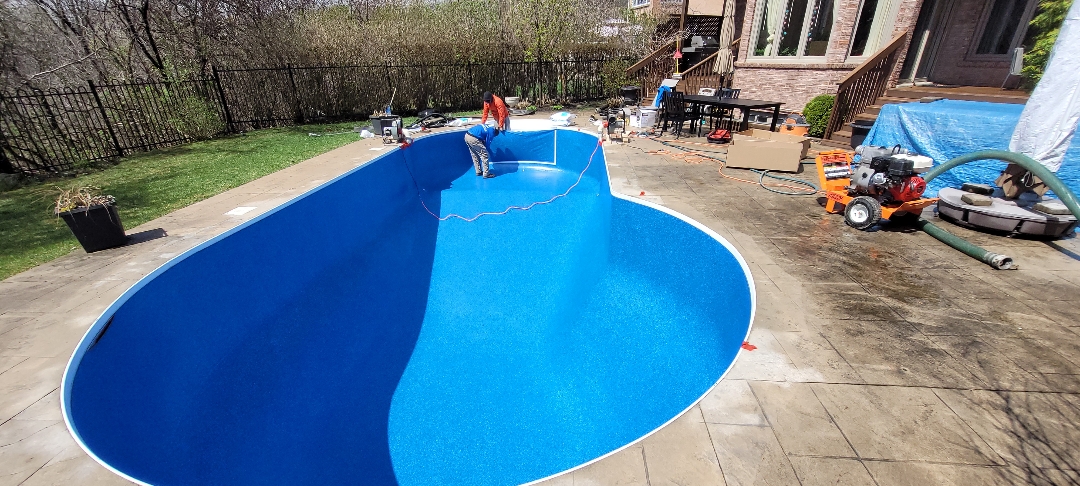
Maintaining Your Pool is Key to Ensuring the Liner Remains in Good Condition
Tears, holes, and wrinkles in a vinyl pool liner can seem daunting, but they’re often manageable with the right approach. Quick action and regular maintenance are key to keeping your pool liner in good condition. If repairs don’t solve the problem or the damage is extensive, replacing the liner may be the best option. By staying proactive, you can enjoy a smooth, leak-free pool for years to come.

